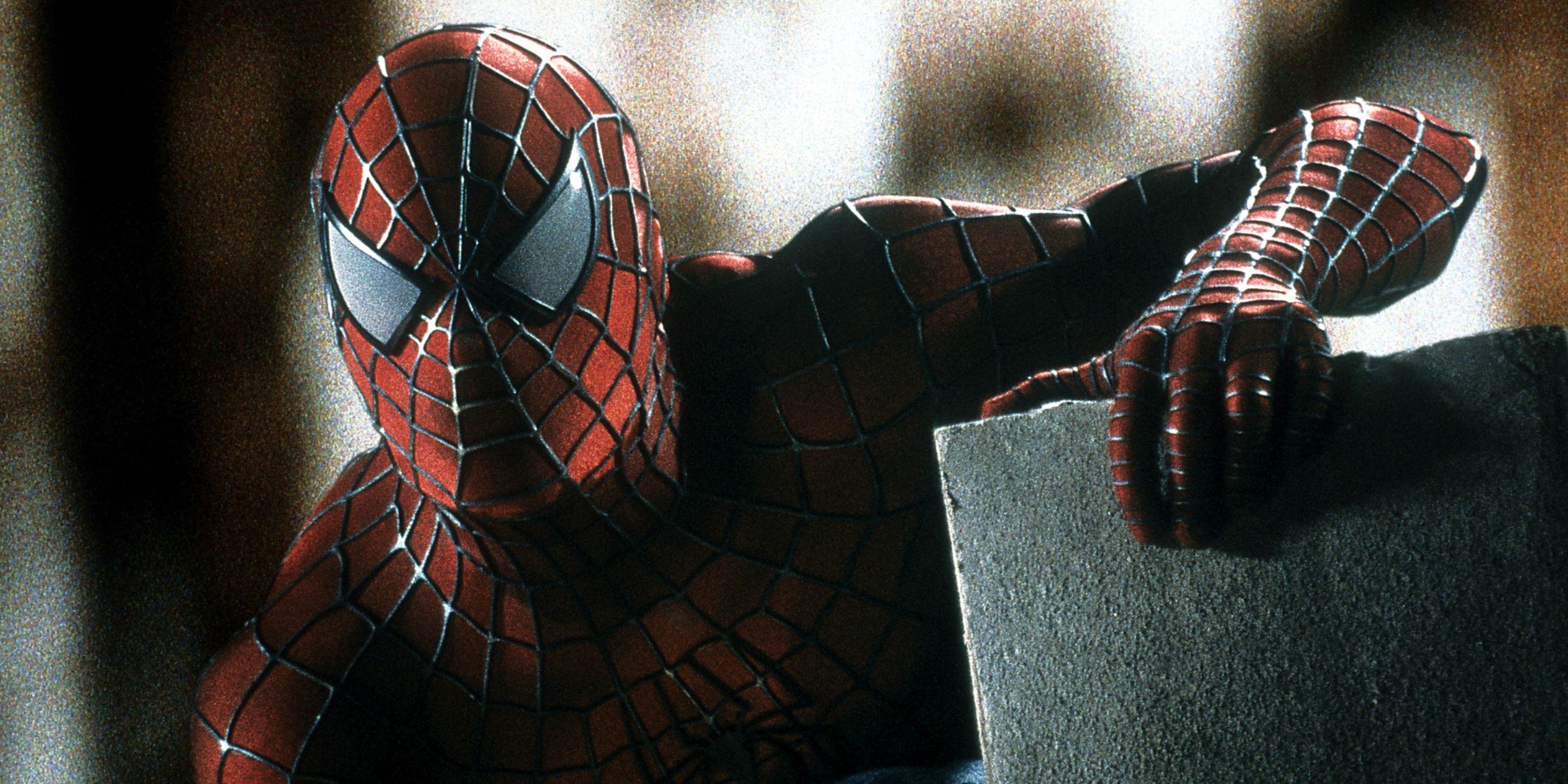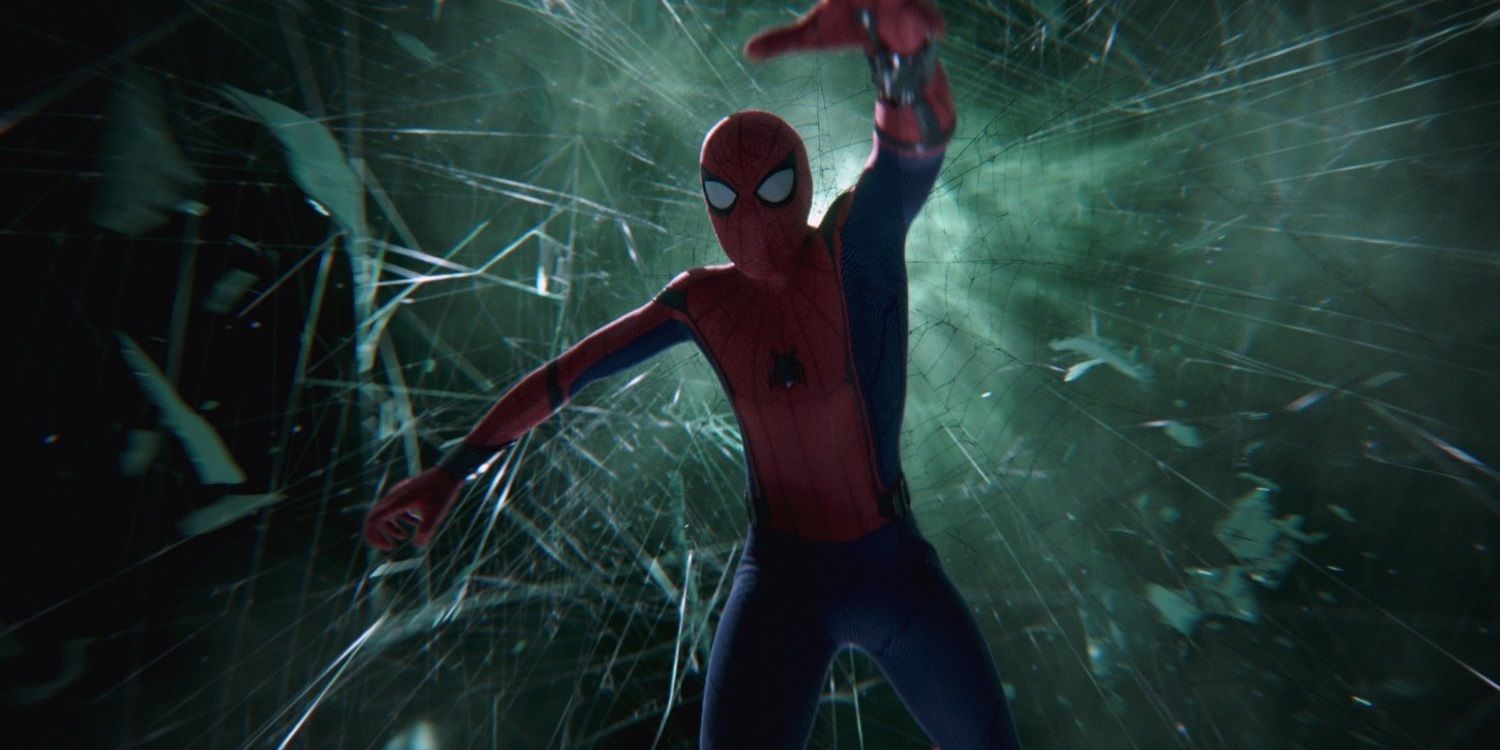Summary
- Spider-Man: No Way Home was a huge success, signaling a return to theaters post-lockdowns.
- The upcoming Spider-Man: Brand New Day faces challenges in reviving the character’s relatable, small-scale essence.
- The film has a chance to make Spider-Man cool again by focusing on intimacy amidst superhero cinema noise.
In December 2021, Spider-Man: No Way Home was a massive financial success and widely regarded as a blockbuster triumph. For many, the Marvel Cinematic Universe venture served as a beacon that it was time to return to theaters after several months of COVID-19 lockdowns, which resulted in the film becoming the highest-grossing Spider-Man movie to date. However, the success of the upcoming Spider-Man: Brand New Day is anything but guaranteed.
Between the amount of time that has passed since the previous film, the overall waning popularity of the superhero genre, and the massive cliffhanger that No Way Home left audiences on, there are a lot of elements that the new Spider-Man is going to have to contend with in order to scale similar heights. Chief among these concerns will be Brand New Day‘s ability to answer a simple question: can it make Spider-Man cool again?

Related
RUMOR: Tom Holland’s Avengers: Doomsday Status Is Based On Spider-Man 4 Plans
Tom Holland’s Avengers: Doomsday status is purely based on Marvel Studios’ plans for Spider-Man 4.
The Origins of Spider-Man
When Spider-Man made his comic book debut in 1962, the character was a breath of fresh air in the crowded superhero genre. At that time, adult-age characters like Batman and Superman were dominating the market, even though the majority of the audience was far younger than these characters. Marvel legends Stan Lee and Steve Ditko saw this dissonance and opted to capitalize on it, giving young comic book readers a character who they could directly relate to. Peter Parker wasn’t a side character like Robin; he wasn’t someone the mainline hero was tasked with mentoring or taking care of. He was the central star of the piece and treated as such.
To support this approach, the earliest Spider-Man comics were grounded in a sense of realism and strife that were absent from several of the character’s contemporaries. Superman might have been trying to stop global threats on a weekly basis, but Spider-Man was just trying to stop muggers and pay his rent. Spider-Man was a street-level hero, and while that would change in the decades to come, the character has always flourished as one who is imminently relatable.
Spider-Man in Film
Cinematically, the character got off on the right foot with Sam Raimi’s original Spider-Man in 2002. Raimi himself is an independent-minded, DIY kind of filmmaker, and brought that same rough-around-the-edges ingenuity to the character and caliber of the film. However, much like the comics, it wasn’t long before things got out of hand.
Barely a decade later, the character had been rebooted and was now dealing with far larger-scale threats and more bloated, gratuitous storylines. The Amazing Spider-Man 2 was an infamously stuffed sequel that often shorted the titular character in favor of setting up superfluous characters, villains, and spin-offs. In addition, the film opted to remove Peter Parker’s everyman qualities, instead making him a hero whose strengths were defined by his magic, blood, and parentage.
As a result, the character desperately needed some retooling. The introduction of the character into the MCU, where he was played by Tom Holland, felt like it was the answer fans had long been waiting for. After all, Holland was the actor nearest the age of the character himself. But in execution, things were far more mixed. While Spider-Man: Homecoming, Spider-Man: Far From Home, and Spider-Man: No Way Home all have their share of positive attributes, the films failed to prioritize the relatability or small-scale tensions in Peter’s life. In Homecoming, his relationship with and funding from billionaire Tony Stark makes it hard to buy into any threads of him as a struggling teenager. By No Way Home, Peter was a globally famous figure in and out of the suit, who was coming up against several universe’s worth of world-ending stakes.
Spider-Man Came Home, But Lost Himself
Despite all the lip service paid to bringing Spider-Man home to the MCU and looking to avoid the pitfalls of prior iterations, the Tom Holland-starring films have ultimately proved incapable of tapping into the everyman quality that has defined Spider-Man’s success. Until now, that is. With the upcoming release of Spider-Man: Brand New Day, it seems as though Tom Holland’s Peter Parker may get his chance to be a bona fide, relatable, friendly neighborhood Spider-Man.
At the end of No Way Home, thanks to some Doctor Strange-assisted antics, the entire world’s memory of Peter Parker was erased, liberating Peter from everything the MCU had done with him previously. As such, the film ends with Peter living in a crumbling apartment, attempting to get his GED and sewing his own Spider-Man suit. Gone were his connections to Tony Star, gone was his multi-million-dollar suit, and gone were the multiversal stakes.
Spider-Man: Brand New Day has the opportunity to capitalize on this and make Spider-Man cool again. The character was introduced as a small-scale antidote to the overblown comic book storylines of the ’60s, and this new film has the opportunity to do the same thing for the current state of superhero cinema. Slated for release in 2026, right in between Avengers: Doomsday and Avengers: Secret Wars, Brand New Day has the chance to cut through the noise of a cluttered theatrical landscape and deliver something intimate, striking, and truly indebted to Spider-Man as a character.

- Release Date
-
July 31, 2026
- Director
-
Destin Daniel Cretton
- Writers
-
Steve Ditko, Chris McKenna, Erik Sommers
- Prequel(s)
-
Spider-Man: Homecoming, Spider-Man: Far From Home, Spider-Man: No Way Home
-

Spider-Man / Peter Parker
-

-

-














Leave a Reply